How a modern battalion of Army Rangers would perform in Civil War combat
- By We Are the Mighty
Share This Article
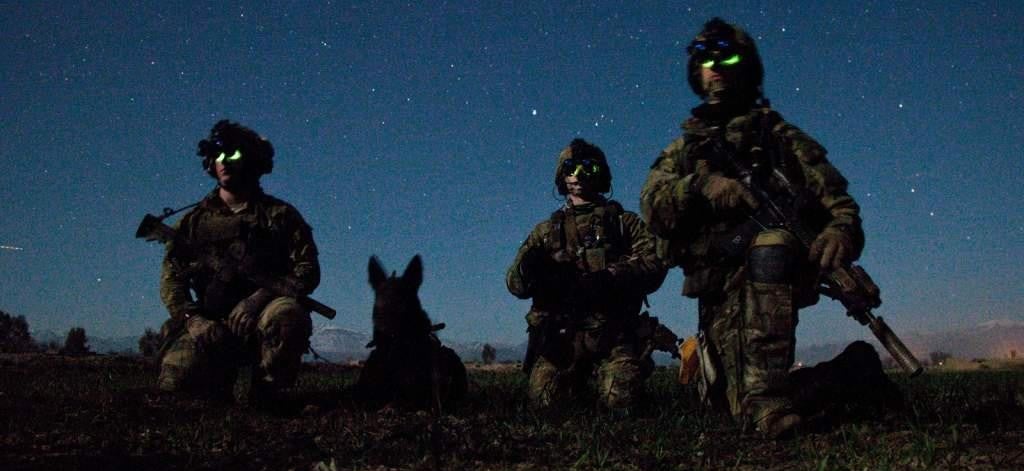
U.S. Army Rangers are some of the most storied warriors in history. The 75th Ranger Regiment traces its lineage back to World War II where it served with distinction in both the Atlantic and Pacific theaters. Modern Rangers are masters of warfare, using advanced technology and their extensive training to overwhelm their enemies.
But how would a battalion of 600 modern killers do in the Civil War? We started thinking of what this might be like, inspired by the Reddit user who wrote about a battle between the Roman Empire and modern-day Marines. Ironically enough, some of the world’s best infantrymen would make the biggest difference in the Civil War by becoming cavalry, artillery, and doctors.
The Cavalry Ranger on the Civil War battlefield
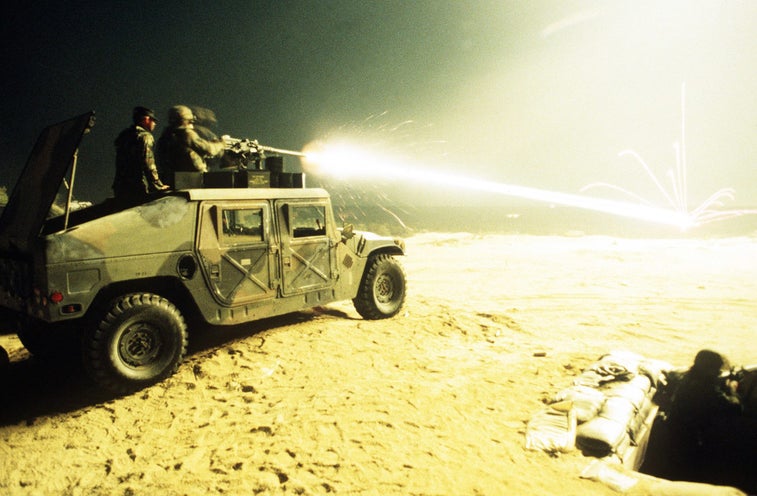
Rangers who suddenly found themselves at the start of a Civil War battlefield would be able to choose a side and then straight up murder enemy skirmishers. Most Civil War battles opened with small groups of skirmishers taking careful, aimed shots at one another. Rangers equipped with SCAR rifles that can effectively fire up to 800 meters or M4s that are effective past 600 meters would have a greater range than most of their enemies. And the Rangers’ ability to fire dozens of rounds per minute vs. the enemy’s four rounds would be decisive.
But, their enemy would be firing using black powder. Once the artillery and infantry opened up, everything near the front line would quickly be covered in too much smoke for the Rangers to sight targets. Also, the huge disadvantage the Rangers faced in terms of numbers is unavoidable. Attempting to kill each enemy infantryman would quickly eat away at the Rangers’ irreplaceable ammo. So, the Ranger infantry couldn’t fight for long as infantry. Their skills as shock troops would still be invaluable.
The Rangers could jump in their vehicles and begin maneuvering like ultra-fast, mounted cavalry. Riding in Ranger Special Operation Vehicles or Humvees, the Rangers would quickly breach enemy lines and fire on reserve troop formations, communications lines, and unit leaders. The Rangers heavy and light machine guns and automatic grenade launchers would decimate grouped soldiers. Riflemen could dismount and begin engaging the tattered remnants that remained.
Enemy command posts would be especially vulnerable to this assault, giving the Rangers the ability to cut the head off the snake early in the battle.
Alternatively, they could simply wait out the first day and attack at night, sneaking up to the enemy camp on foot using their night vision and then assaulting through to the enemy commanders. This would conserve needed fuel and ammo, but it would increase the chances of a Ranger being shot.
Rangers and indirect-fire
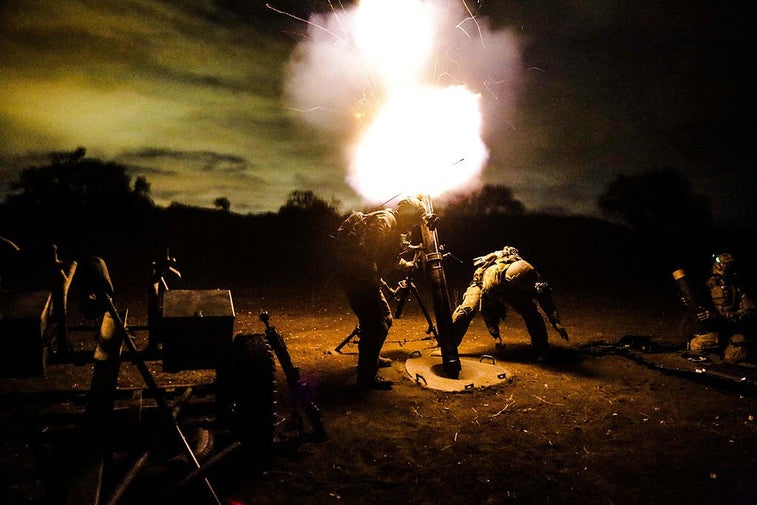
Mortarmen in the Rangers would quickly become a terrorizing force for enemy artillery batteries. Civil War artillery was moved with horses, fired with smoke-creating black powder, and fired only a few rounds per minute. Depending on the artillery piece, their range was anywhere from 500 to 5,000 meters. But, relatively rare rifled cannons could reach over 9 kilometers.
The Ranger mortars would have maximum ranges between 3,500 meters for the 60mm and 7,200 meters for the 120mm mortars. They would have a slight range disadvantage against some guns, but they would have a huge advantage in volume of fire, stealth, and mobility. The mortars could be mostly hidden in wooded areas or behind cover and fired safely, as long as the overhead area remained clear. Since modern mortars create much less smoke, enemy artillery batteries would be unlikely to see them. If the enemy were able to find and engage the mortarmen, the mortars could rush to another firing position and begin engaging the artillery battery again. In a fight of Ranger mortars vs. any single battery, the Rangers would quickly win.
But, the Rangers would be at a huge numerical disadvantage. By doctrine, Ranger battalions are assigned four 120mm mortar systems, four 81mm systems, and 12 60mm for a total of 20 mortars. Meanwhile, 393 guns faced off against each other Gettysburg. The Rangers would have to rely on mobility to stay alive and concentrate their fire when it was needed by friendly infantry.
After the ammo and fuel runs out
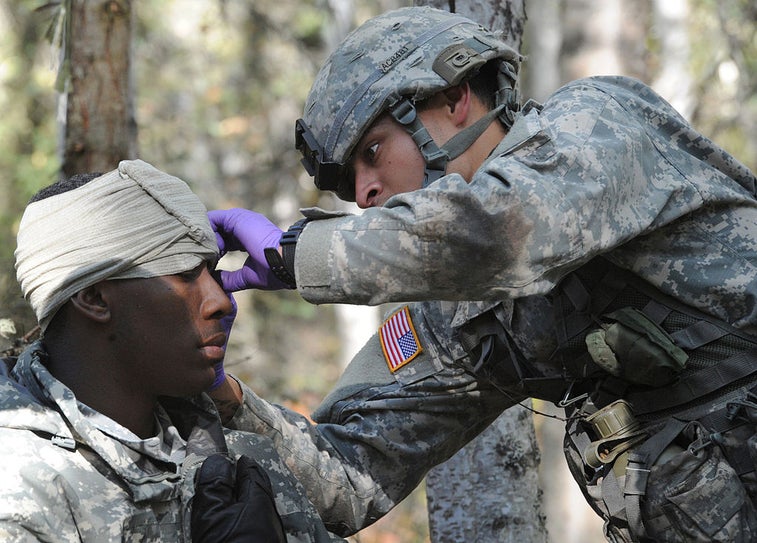
Of course, a modern Ranger battalion eats through ammunition, fuel, and batteries. The Rangers would dominate a couple of battles before their vehicles would need to be parked for the duration of the war. The ammunition could run out in a single battle if the men weren’t careful to conserve.
When the rifles and vehicles ran dry, the Rangers would still be useful. First, their personal armor would give them an advantage even if they had to capture repeating rifles to keep fighting. Also, all Rangers go through Ranger First Responder training, an advanced first aid for combat. Ranger medics go through even more training, acquiring a lot of skills that are typically done by physician’s assistants. This means any Ranger would be a great medical asset for a Civil War-era army, and Ranger Medics would outperform many doctors of the day. Just their modern knowledge of germs and the need for sterilization would have made a huge difference in cutting deaths due to infection.
Even without supply lines, 600 modern Rangers would have been extremely valuable to a Civil War general. They’d have single-handedly won early battles and remained strategically and tactically valuable for the duration of the war.
But would Rangers ultimately change the outcome of the Civil War? Unless you have a time machine, we’ll just have to settle for debating that in the comments section.
This article by Logan Nye originally appeared on We Are the Mighty
Related Posts
Sandboxx News Merch
-

‘AirPower’ Classic Hoodie
$46.00 – $48.00 Select options This product has multiple variants. The options may be chosen on the product page -

‘Sandboxx News’ Trucker Cap
$27.00 Select options This product has multiple variants. The options may be chosen on the product page -

F-35 ‘Lightning’ Framed Poster
$45.00 – $111.00 Select options This product has multiple variants. The options may be chosen on the product page
We Are the Mighty
Related to: Military Affairs, Military History
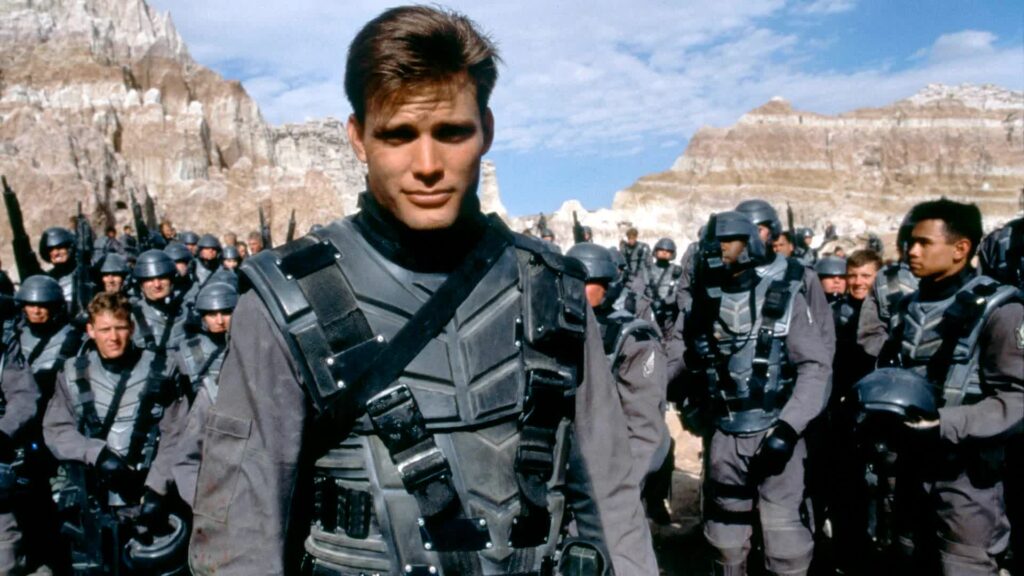
The Space Force wants its own boot camp
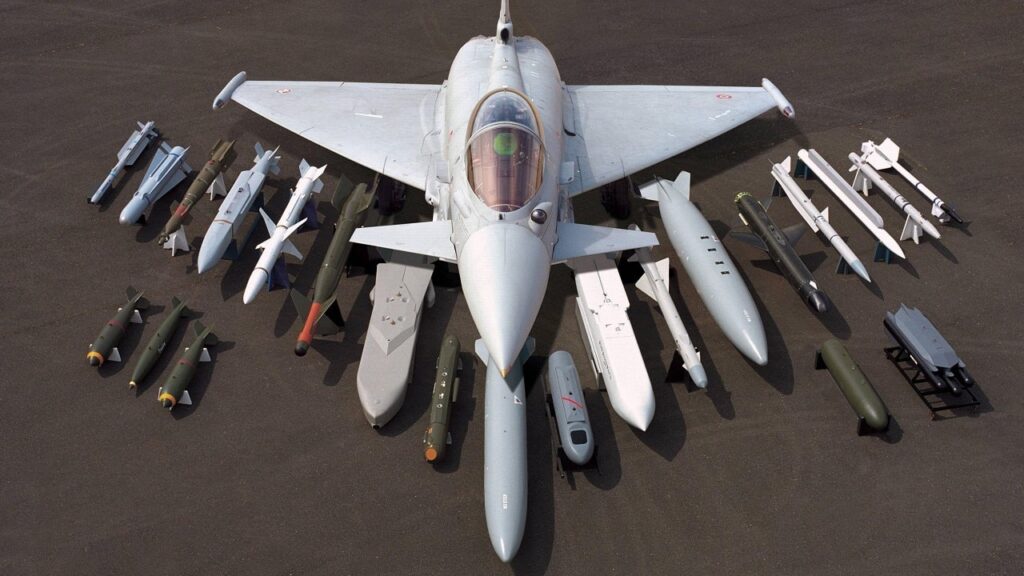
Why the Eurofighter Typhoon remains a global favorite in modern air combat

Trump’s NASA pick says military will inevitably put troops in space
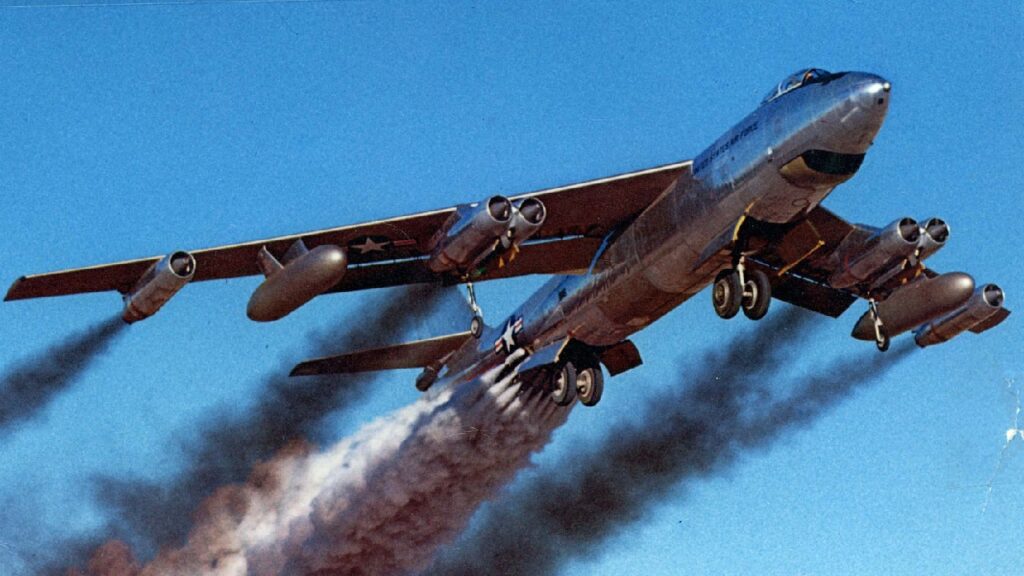
The Air Force’s B-47B Stratojet bomber made Soviet generals sweat
Sandboxx News
-

‘Sandboxx News’ Trucker Cap
$27.00 Select options This product has multiple variants. The options may be chosen on the product page -

‘AirPower’ Classic Hoodie
$46.00 – $48.00 Select options This product has multiple variants. The options may be chosen on the product page -

‘AirPower’ Golf Rope Hat
$31.00 Select options This product has multiple variants. The options may be chosen on the product page -

‘Sandboxx News’ Dad Hat
$27.00 Select options This product has multiple variants. The options may be chosen on the product page
